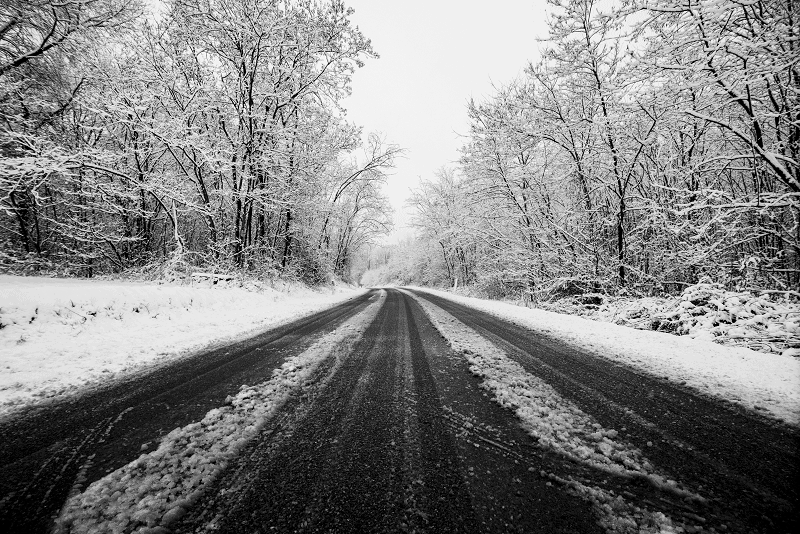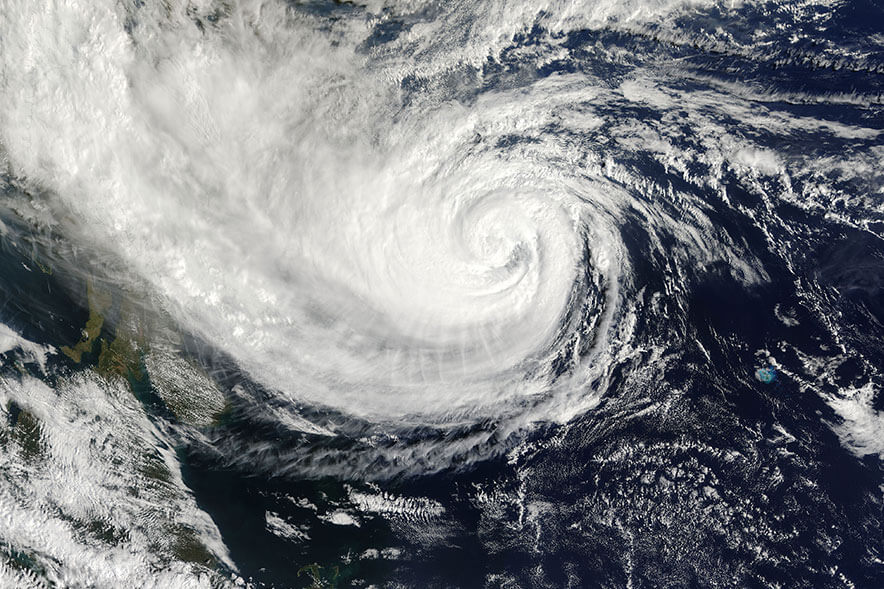Winter driving is a hassle. Driving safely during the winter is the best way to protect yourself and other drivers. Driving in the winter is dangerous when drivers are underprepared for bad weather. Canada is no stranger to cold and snowy weather. Did you know that in Canada, 30% of accidents happen on snowy roads? The roads are the most dangerous when it first starts snowing. Snow is slippery and hides black ice.
Sometimes, accidents on the road are unavoidable. But by following our tips, you can minimize the chances of a costly or life-altering accident. Here are our top five tips for safe winter driving.
1. Buy Winter Tires
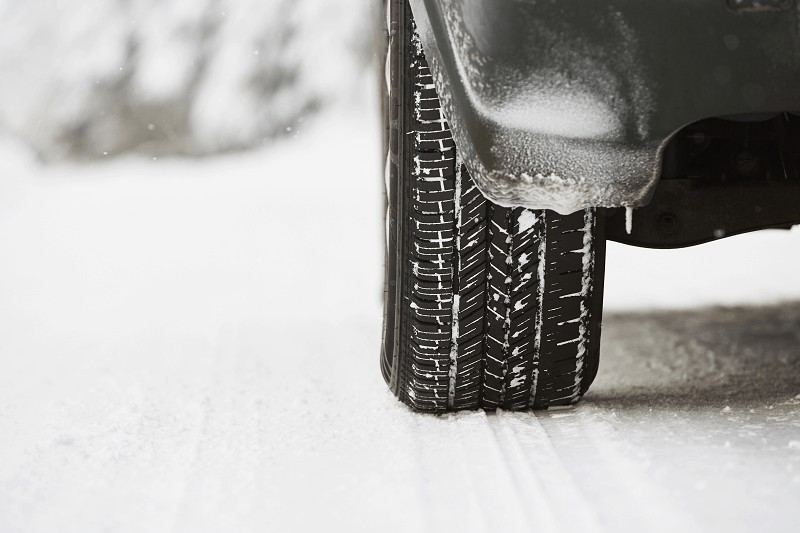
It’s easy to forget about changing your tires every year. In fact, many people believe that they are safe by using all-season tires during the winter. All-season tires aren’t the best during the winter. Switching out your tires is worth it if you want to ensure that you will be safe on the icy roads. All-season tires are designed to handle different weather conditions. But all-season tires don’t have the same traction as winter tires.
Snow tires are designed to handle true winter conditions. The features of the winter tire that differ from the all-season tires are the tread rubber, tread depth and patterns, and biting edges. Using all-wheel drive helps your vehicle combat the winter weather. All-wheel drive is better for driving on slippery surfaces than two-wheel drive. All-wheel drive helps your vehicle to come to a full stop. This allows your car to stop faster in any condition and is particularly useful on slippery roads.
It’s also best practice to inflate your tires more often during the winter. You will find your recommended tire pressure in your owner’s manual.
2. Slow Down When Driving
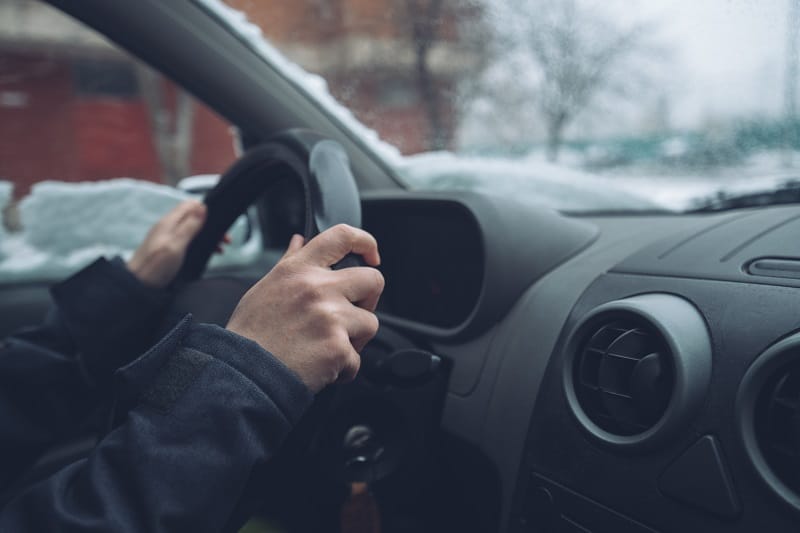
Slowing down when driving will prevent your car from skidding. Skidding is dangerous because you may slide into oncoming traffic or crash into a pedestrian. You could also slide into a ditch which may be hard to get out of. Your speed on the road during the winter may be lower than the maximum speed limit. Plan ahead and leave earlier than you normally would to avoid being late.
3. Check Your Brakes More Often
It’s always important to have properly functioning brakes. During the winter months, it is even more important. Before winter starts, you may want to consider taking your car to a shop for a quick check-up. A car shop will ensure that the various parts of your brakes are working properly.
When you need to make a sudden stop, pumping your brakes is one option. ABS brakes (anti-lock braking system) can save your car from a crash during the winter. ABS brakes are installed in all new vehicles and prevent skidding. They do this by keeping the brake pad pressure on the verge of lock-up. This slows down your wheels from locking up, allowing you to control the vehicle in a skid.
4. Carry an Emergency Winter Kit
You should also have an emergency car kit handy during the winter. An emergency kit should always include non-perishable food, water, blankets, a first aid kit, and road flares. Other items you may want to consider include a cellphone, batteries, extra clothing, a candle, and matches. You can store your kit in the trunk or in the glove compartment of your car.
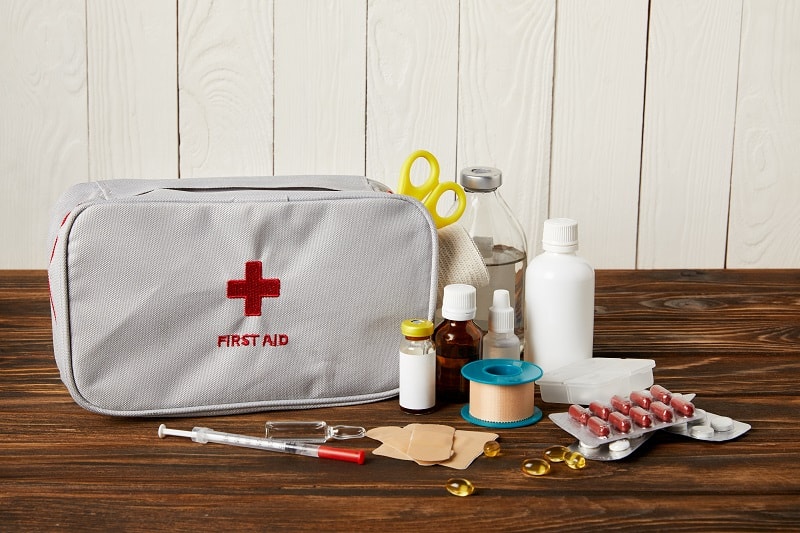
These items will keep you safe in case your vehicle breaks down or is stuck. Did you know that kitty litter can be important to bring in an emergency kit? Non-clumping kitty litter provides traction to help your vehicle get out of a ditch!
5. Use a Snow Brush
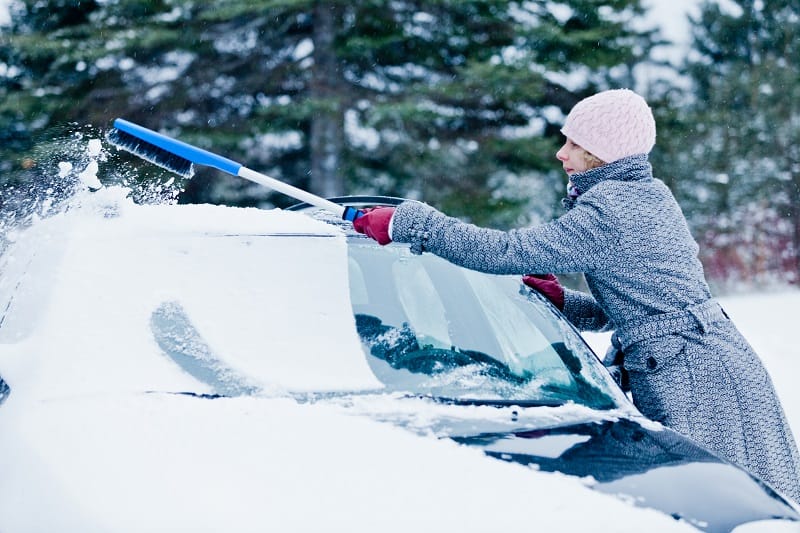
A snow brush can get the piles of snow off the roof of your car. This is important because you need all of your windows to be clear. The top of your car also needs to be cleaned. The snow may fall down onto your car’s windshield and block your vision. Taking the extra few minutes to clear the snow will help you have a safe drive.
Here at AiA Insurance, we’re experts on auto insurance. Our auto insurance rates are fair, and we create the best quote for you. Protect yourself and your vehicle from the open road.

